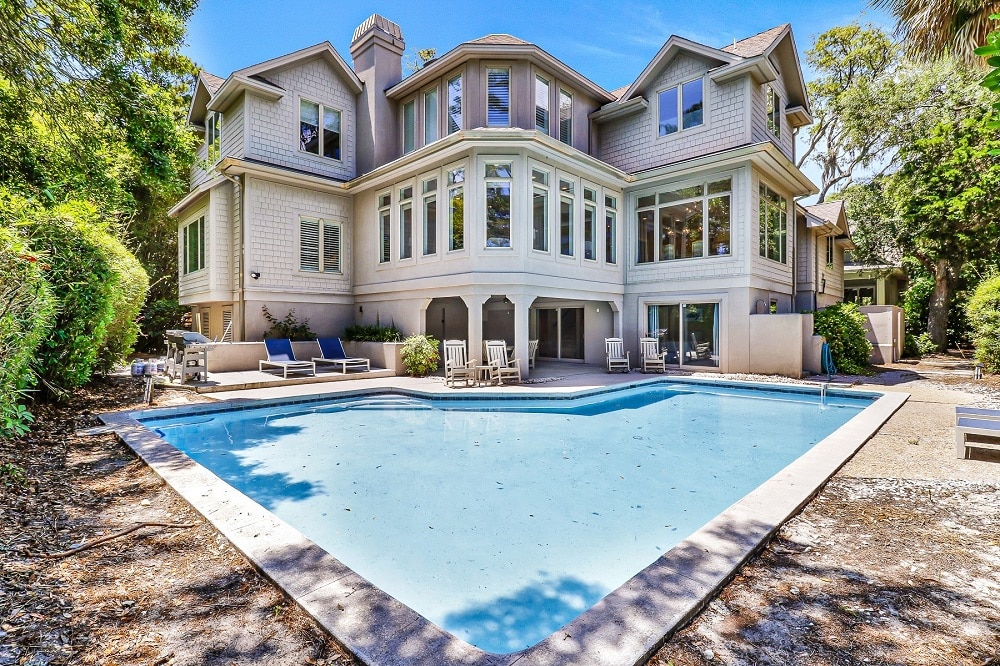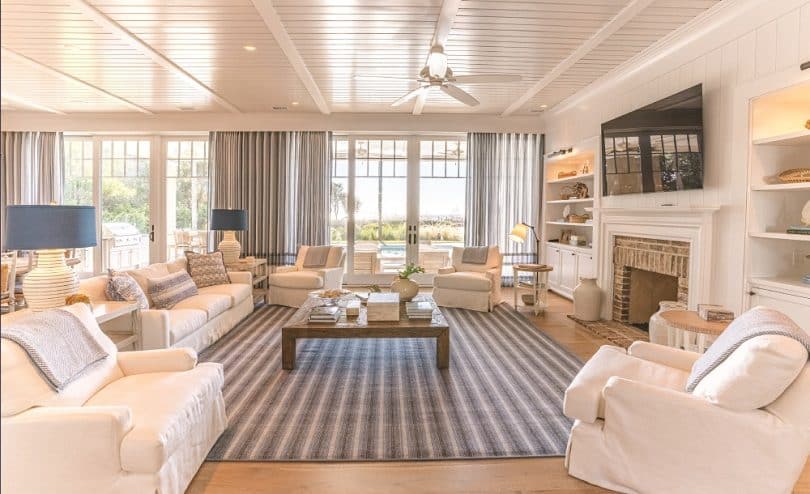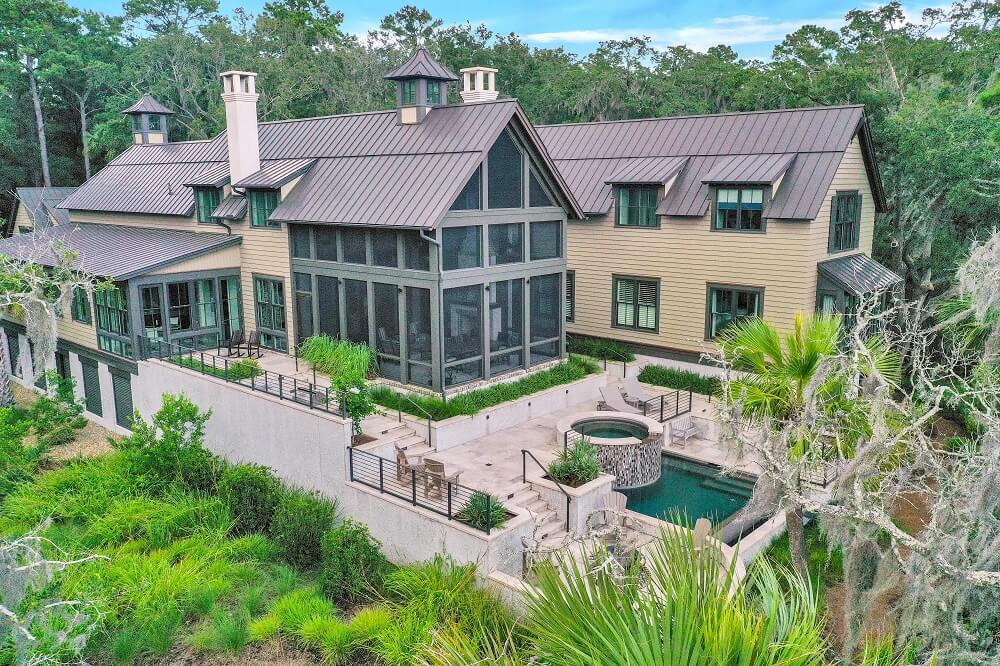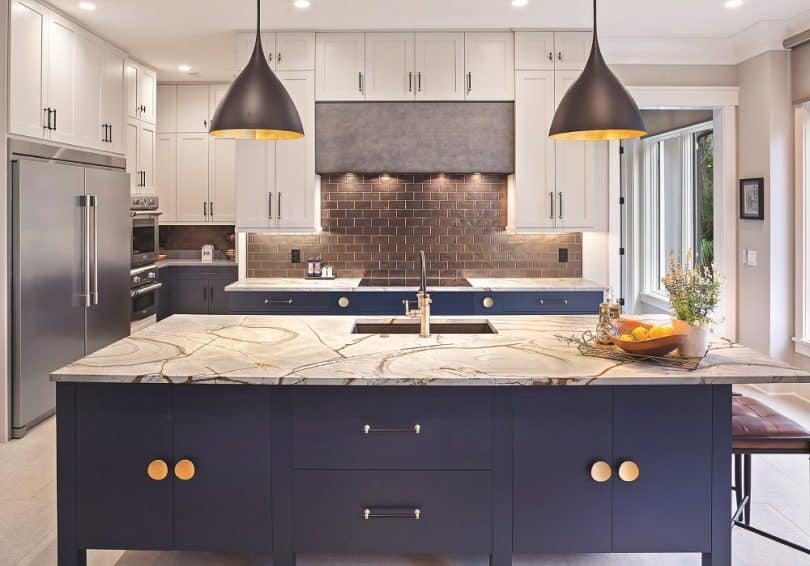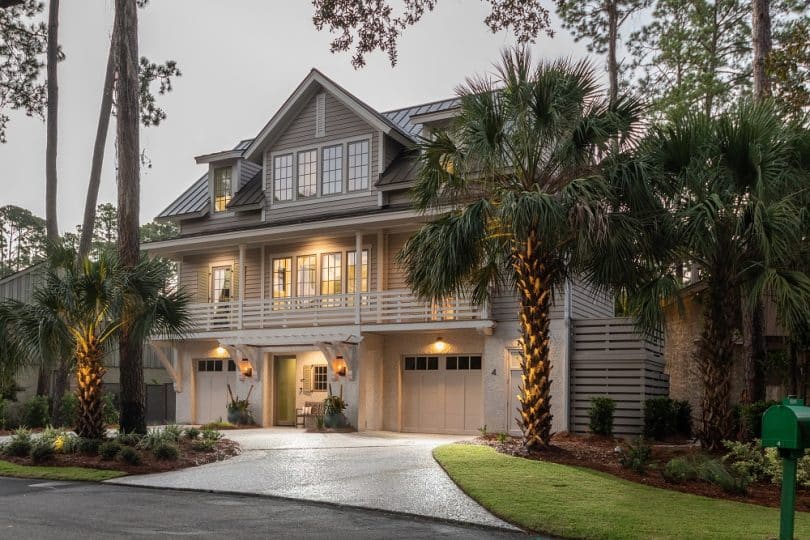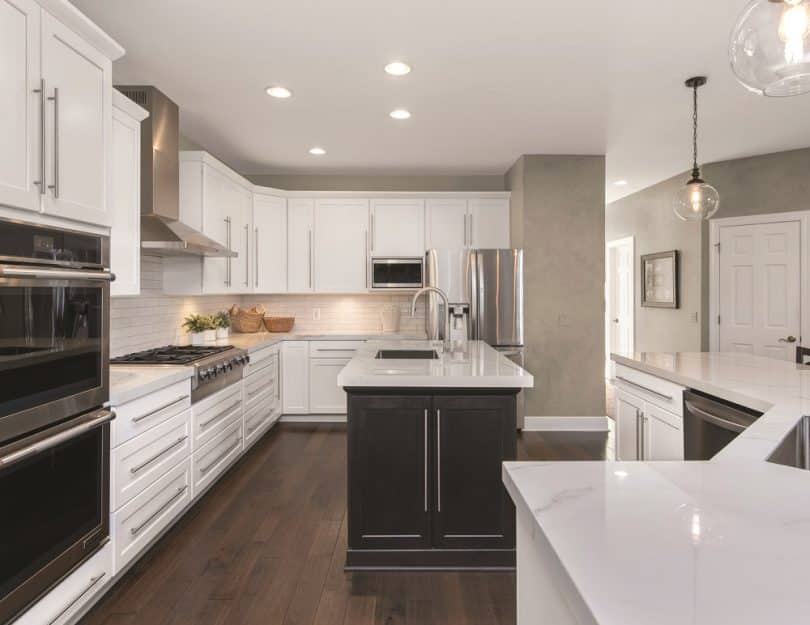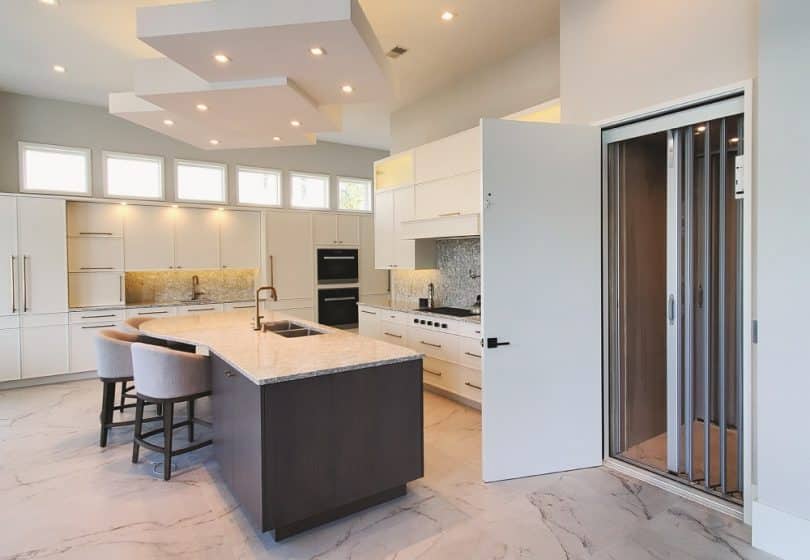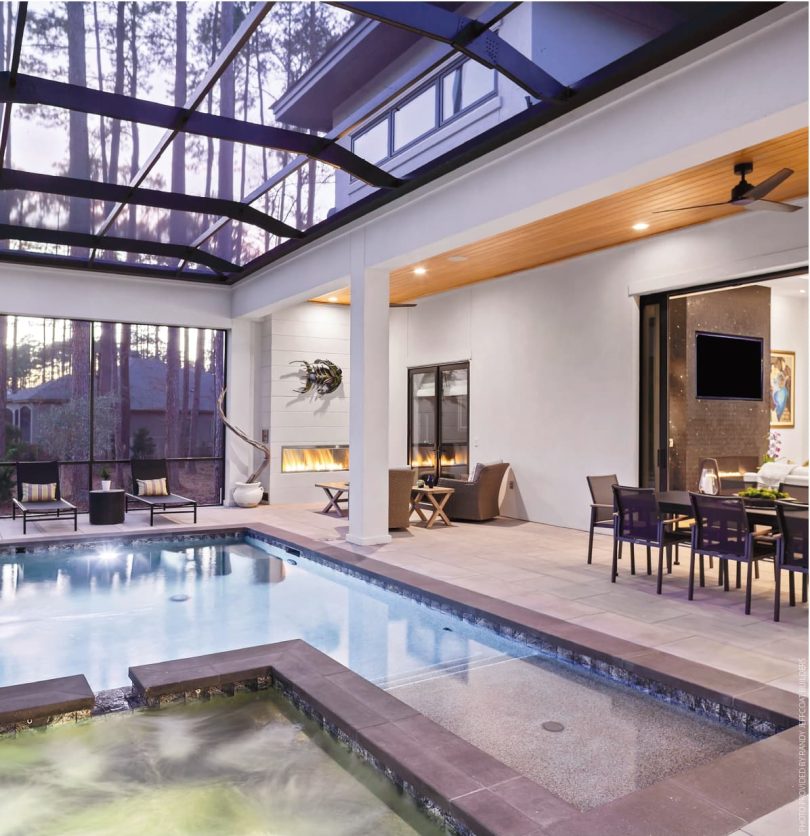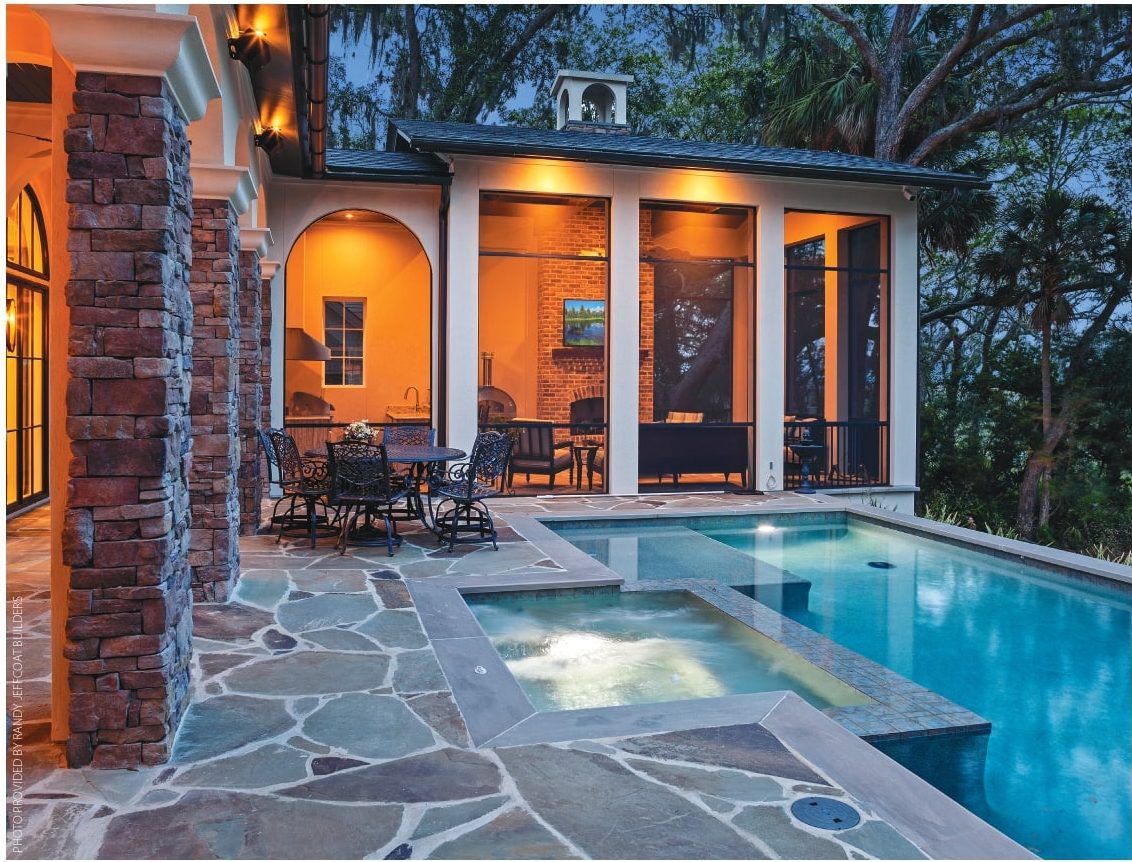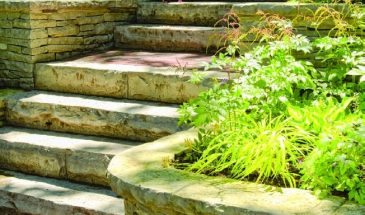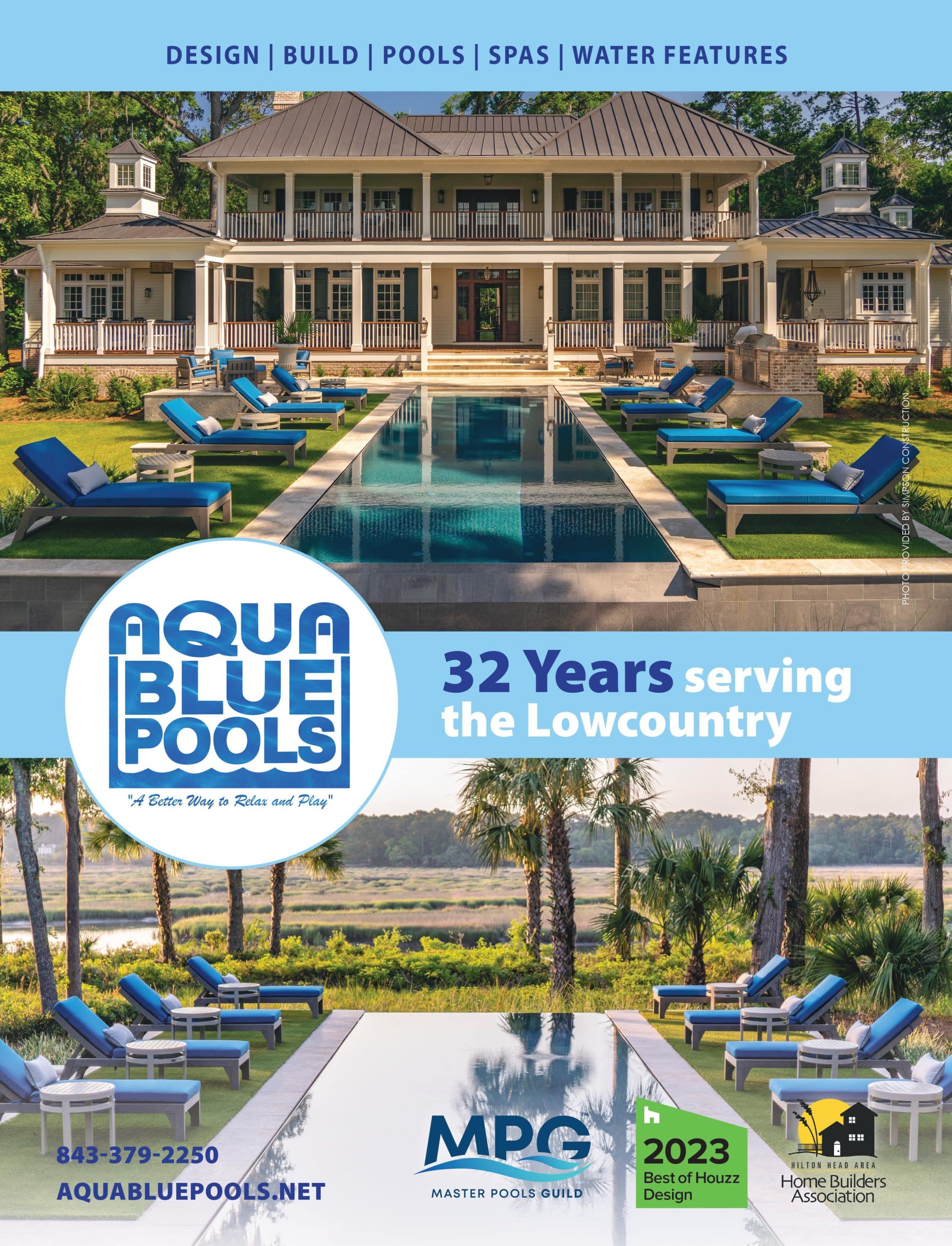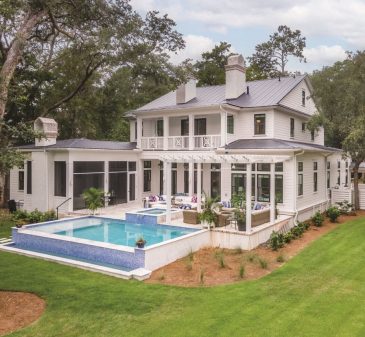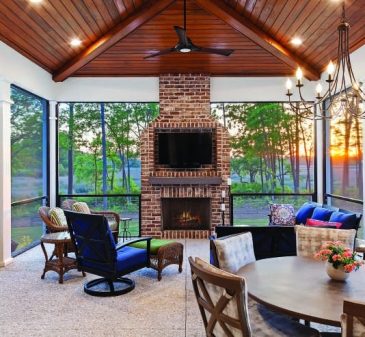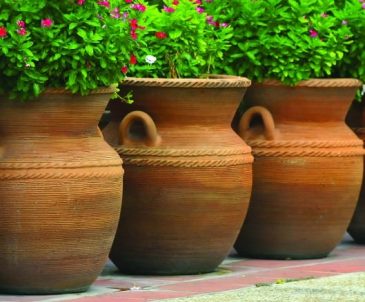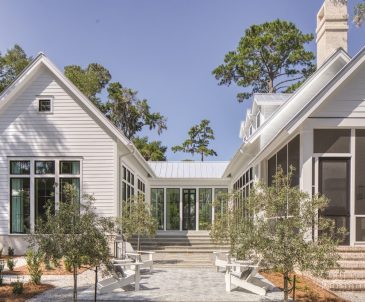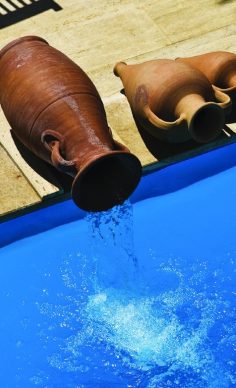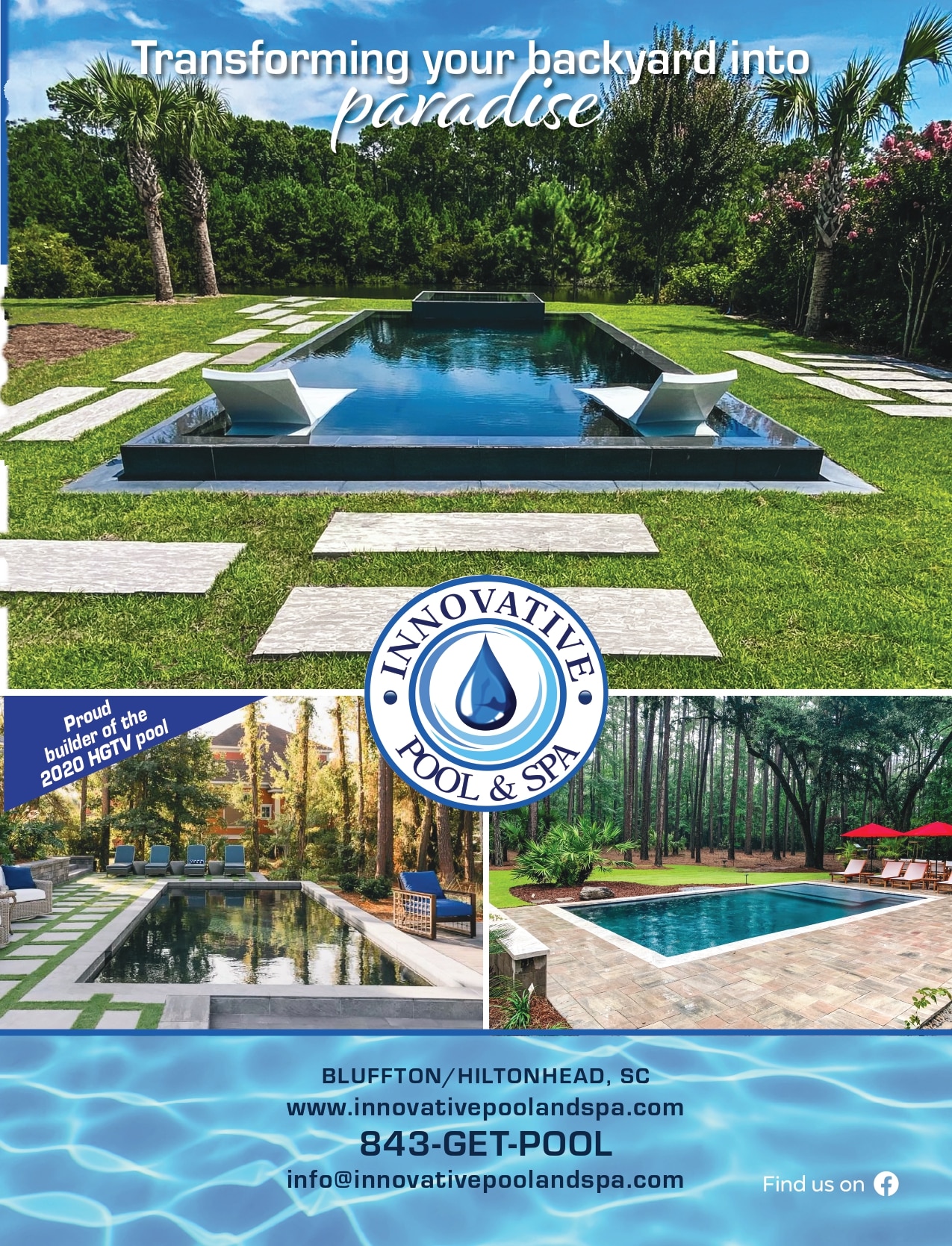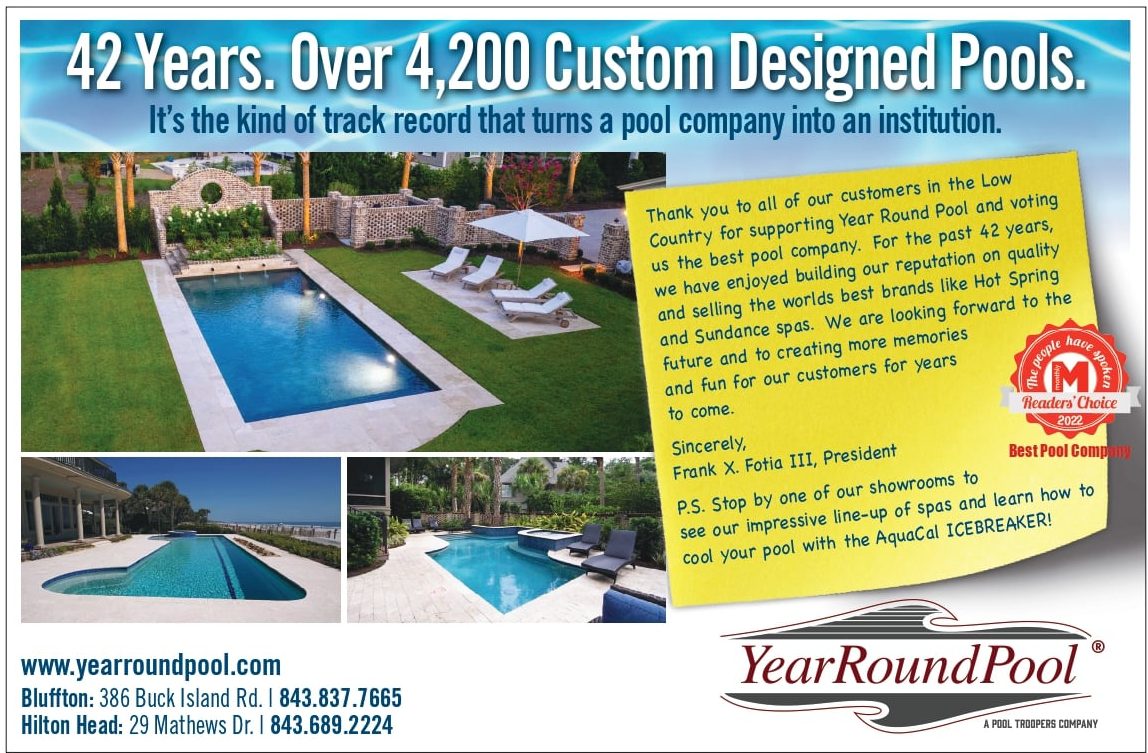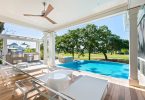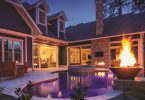Big Trends in Outdoor Living
HOME & GARDEN
Keep your backyard fresh with ideas that are fun and inviting
Each year brings new ideas and trends to every aspect of home living from kitchen and bath design to outdoor living. Since the pandemic, homeowners have increasingly focused on ways to enjoy their living spaces more. This includes creating work and play spaces at home, and embracing the idea of home as a safe gathering place for family and friends.
In the low country, a mild climate means gathering places can easily transcend to the outdoors. In 2022, the National Association of Home Builders reported that 58 percent of surveyed homeowners said a connection with nature or the outdoors would be at the top of the list for design choices. With that in mind, let’s look at some of the trending ideas that can maximize and add a personal touch to your outdoor living.
The Merge
While walls of windows and large patio doors have been around for a while, more homeowners are making the sea must when building or remodeling–and they are going all out. A top trend involves seamlessly (a key word)integrating indoor and outdoor living spaces by opening entire walls to garden or patio. This can be achieved with folding glass or oversized doors. A covered lanai allows for ultra-comfortable and luxe furniture that feel more like indoor pieces. Even materials like marble, granite, brass and copper are showing up in outdoors paces to make entertaining feel like an extension of the inside. Adding audio, lighting and motorized screens to covered areas helps complete an outdoor space that the entire family can enjoy.
Natural Stone Paths
Hardscape is an important part of any yard design. Owners are opting for materials like natural stone that are sustainable and blend well in to the environment. Broken stones are also trending, so you can make stone look natural by choosing items such as asymmetrical boulders and slabs.
Terra Cotta is Back
The new Garden Trends Report from Garden Media Group declared terracotta as the “color of the year” for2023. Terra cotta means “baked earth,” and is a reddish-brown unglazed clay that is used to create pots and planters. Both the terra-cotta material and color are expected to play a big role in backyard design come the new year, adding a bit of a Moroccan or Mediterranean flare. The warm and vibrant tone will help balance out all the grays and neutrals that have dominated outdoor furniture and interior home décor for some time. This trend toward natural warmth in color also might influence plant and flower choices, such as pansies and dahlias in a range of coppery hues.
Above, incorporating Mediterranean touches inspires a sense of romance and history to a yards cape. Olive trees and Greek urns and columns is an simple way to capitalize on this new design trend.
Greek Revival
Touches of the Mediterranean inspire a sense of romance and history. There is an increased interest in Greek and Italian themed backyards and gardens. This can be achieved by incorporating Grecian statues, columns, formal hedges, archways, gravel gardens and stone pathways into your backyard. Additionally, plant Mediterranean favorites, like olive trees, succulents, boxwood and white roses and include seating areas where nature can be enjoyed.
Privacy Plants
Fences and decorative screens helpcreate a secluded sanctuary, but addingplants makes spaces feel more natural.Using vertical planting with trellisesand pergolas is trending as is adding aliving wall to existing fence structures.
Upscale Relaxation
This trend is probably inspired by travel. After returning from vacation at a nice resort, people are pondering, “why not bring a touch of that relaxation back to my own backyard?” Experts find that one main reason homeowners are upgrading their backyards is to mimic a calming, hotel-like space. This trend is all about upscale relaxation, which involves high-quality furniture, outdoor rugs, pizza ovens, water features, elaborate fire pits, covered outdoor kitchens, tropical plants and more.
The ultimate goal is to enjoy your home more, and trends provide ideas to help you get started!
Cost-Efficient Heating for your Pool
Many pool owners tell us that they really enjoy the experience of a warm pool, but the cost of heating a pool can be significant even with a highly efficient system like a Heat Pump Pool Heater(HPPH).
Here are six methods that will help. Each pool environment is different, and while the value of each method is universal, they are not all universally applicable to a particular pool.
1) Solar heating is essentially free (there are some small increases in the cost to pump the water through the large solar panels, but it is minimal). The downside of solar is that it rarely meets the needs for a full season of heating demand, or it fails to provide heat fast enough or when the sun isn’t shining. But when solar is available and you have the budget to purchase a solar system with a Heat Pump Pool Heater backup, you can have the best, most economical system available.
2) If you have a Heat Pump Pool Heater (HPPH) system only, the time of day that you run your HPPH is a system operation parameter you should address. HPPHs get their heat from the air. So, logically, the best time to run an HPPH is when the air temperature is at its warmest. As long as your filtration is running at the warmest time of the day, your HPPH will operate at its optimum coefficient of Performance (COP). COP is the measure of energy output divided by energy input.
3) And speaking of COP…the COP is the efficiency rating of the HPPH. As mentioned in item 2, this measure of efficiency changes as the air temperature changes. The unit is more efficient the warmer the air temperature. Another aspect of COP to consider the overall COP rating as applied to the individual model of HPPH you purchase. Not all HPPHs are created equal. If we do a comparison of HPPHs and assume all have the same heating capacity or BTUh, you will find a variety of COP ratings available on the market. The higher the COP rating, the more efficient the HPPH will be. The percentage difference between one COP rating and another will equate to the percentage savings available between the lower and higher-rated COP heater. This means you should buy the highest COP-rated unit your budget allows while making sure the model you select has the capacity, or BTUh, to meet your heating demand. Your Pool Professional can help you with this decision process.
4) Controlling evaporation. Heat loss on any pool, heated by any means, is primarily driven by evaporation from the surface of the pool. Upwards of 75% of heat loss is through this method. So controlling that evaporative loss is keytop reducing heating cost. There are three types of blankets that can help control evaporation: Solid, Floating and Liquid. The Liquid blanket is easy to use, and is inexpensive, but also carries the lowest level of effectiveness.

5) Wind at the surface of the pool creates ripples or small waves on the surface of the pool ultimately accelerating evaporation. So, creating a pool environment that is shielded from wind will greatly help reduce heating cost.
6) The last method is the pool temperature setpoint. The warmer you heat your pool water, the more it will cost to keep it warm. Each degree rise in temperature can equate to an approximate 15-18%increase in operation cost. So, while an 88°F pool is nice and toasty warm, it will cost a lot more to maintain than a pool that is held at 85°F.
There is nothing better than a warm pool. These are some tried and true ways to help keep that cost to a minimum.
For more information about heat pumps, please call our Customer Service at 800.878.0998.

